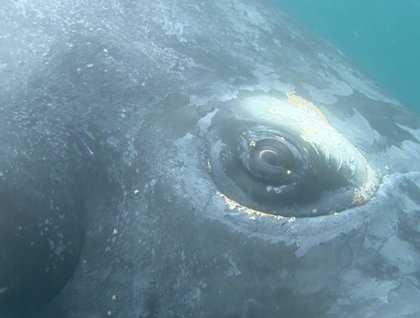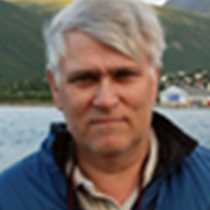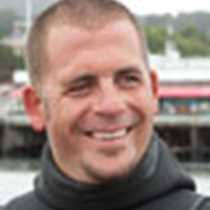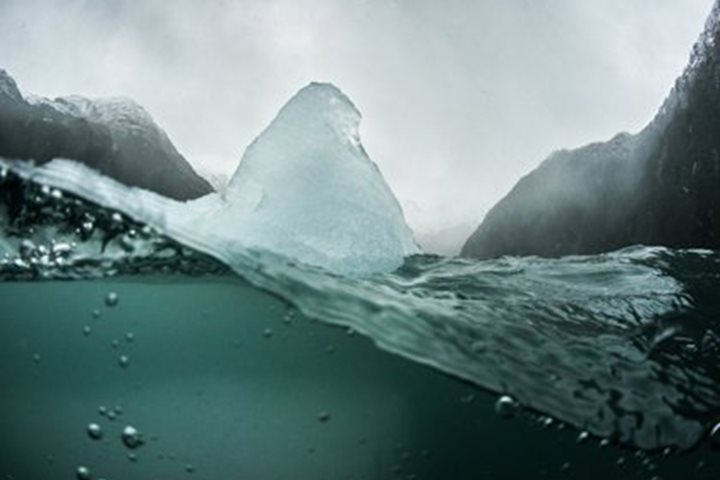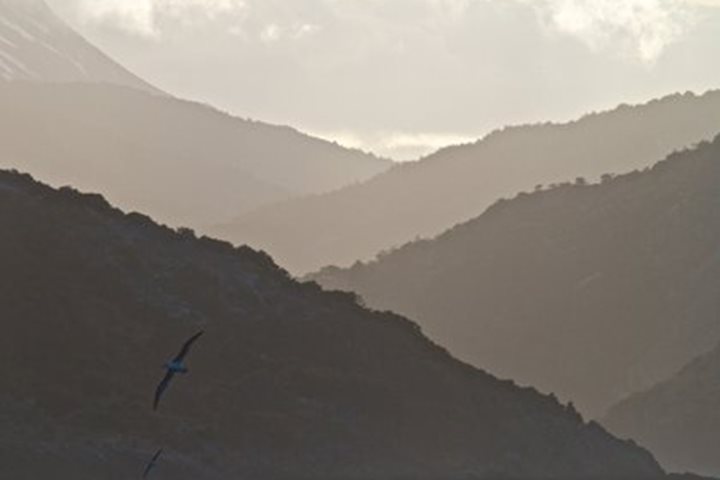Sailing with an expedition means plans are made but we are always in the hands of weather. Conditions can and will change as you sail in Patagonia and we have to play with these. Hilton stated, “location, location, and location” for us it is, ”flexibility, flexibility, and flexibility.”
Patagonia does have several significant attributes and for sure one major one is the wind. Yesterday at Puerto Madryn we got to experience the winds of this open land. The prevailing winds of the southern oceans, created by the Earth’s revolution, are from the west, hits the high Andes along the coast of western South America, forced upwards, and the moisture is released as rain or snow. Along the narrow Chilean coast, on the same latitude as we are now sailing, you find dense rain forest. As the dry air falls down the Andes on the eastern slope it sweeps across the vast step of Patagonia on the Argentinean side and sucks up the little humidity to be found. The air falling down, forced by gravity, as it has been pushed over the high Andes also increases its speed. Traveling in Patagonia is great but always keep in mind the wind will soon hit you somewhere and it is part of the experience in this part of the world.
Today the wind continued to blow and made every possible outing using a Zodiac impossible. The coast here offers very minor protection and our plans to visit the area of Bustamente had to be canceled. Instead we enjoyed a sea day on board with several presentations, including the story about the Welsh penguin by our historian Dr. David Barnes, Gauchos by Edwardo Shaw, and our National Geographic photographer Jay Dickman gave us hints on how to improve our own photography.
A day at sea after two extremely intense days at Valdes Peninsula also gave us an opportunity to catch up writing the diary, reading, and sorting up all our photos taken between good meals. Still last night the amazing video was shown and had to be mentioned, taken by our undersea specialist Jared Berg during our stop at Puerto Madryn.
The right whales at Puerto Madryn are nowadays a very positive story to tell. Roger Payne started to study them here in 1970s, and we have now seen the return of a species almost hunted to the edge of extinction.
It was the right whales of the north Atlantic that was the start of the whaling, the first human global enterprise, and this was along the seashores of northern Spain. It was the Basque people who ‘invented’ whaling around 1200 and as we visit the ports of this area you find the town coat of arms including whales, and the heavy, oil-rich “right whale” was named “Biscay whale.” Svalbard became the next area the English and Dutch developed whaling but now based on “Greenland whales” known today as bowhead. Soon these blubbery whales were hunted out and the whalers moved toward Greenland and later into the southern hemisphere as the whales always became overhunted.
Using a simple technique developed by the Basque, only very blubber-rich whales and slow swimming ones, like the right whale, could be hunted until the steam engine and harpoon gun arrived in the late 19th century. Right whales are “skimmers,” slow swimming just under the surface, mainly feeding on small zoo-plankton. They float as dead because the immense amount of blubber, and because of this they are called the “right” whale to be hunted.
Soon these blubber-rich whales, which sometimes weight up to 100 tons, were gone from the North Atlantic but at the same time explorers, like Cook and Bougainville, had sailed the Southern Ocean and reported rich waters with right whales. Rapidly now in the late 18th and early 19th century American whalers came south and pounded the right whales and as the Welsh immigrants arrived to Puerto Madryn in 1865 the whales were already gone.
Today we know the right whales are two, or maybe even three, species; the North Atlantic, the North Pacific, and the southern right. The later has now made a remarkable recovery while its two relatives are on the verge of going extinct. Over the last 10 years southern right whales show an increase of 7-8% while the northern relatives are in a steady decline, with each a population size of a few hundreds. The right whale, as humpback and gray whales, are unique in that they have distinct breeding areas, usually in very shallow waters. Former breeding areas of southern right whales are now reclaimed: Cape Town region in South Africa, southern bays along Australia, waters around sub-Antarctic waters off New Zeeland, and of course here along the coast of Argentina.
Our undersea specialist, together with our baker and electrical assistant, were able to spend a few hours in the water with a very friendly mother-and-calf pair and did get a unique encounter filming the whales closely. It is hard to believe, less than 100 years ago these friendly whales were slaughtered in large numbers. It also shows, given the space and protection, we can change a negative process into something positive. Whale watching is now a major enterprise at Valdes Peninsula and many come here to have a unique whale encounter just as we had in the late afternoon and sunset October 28.

